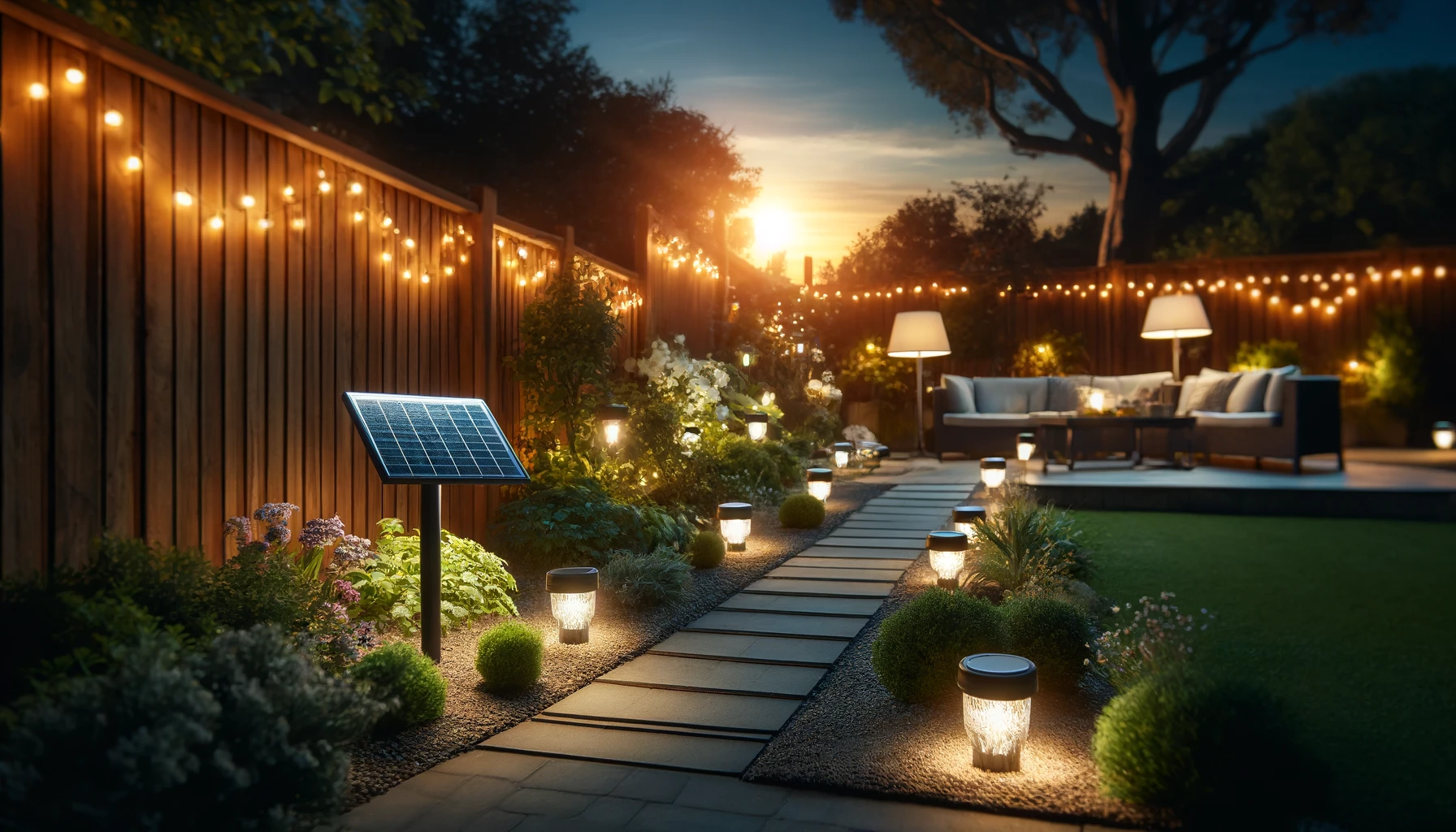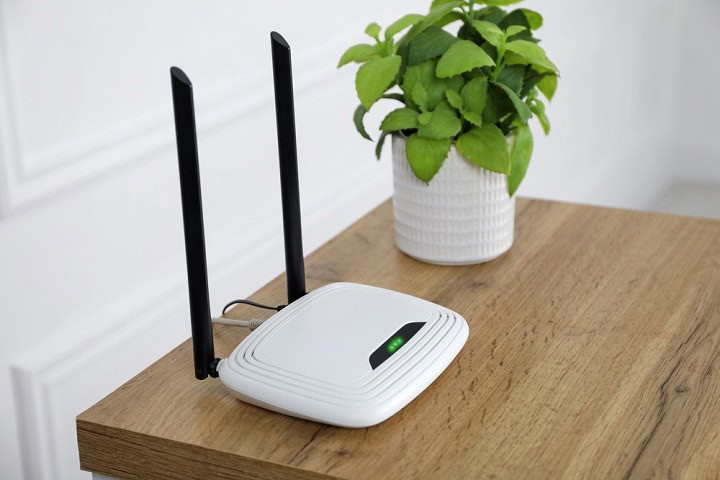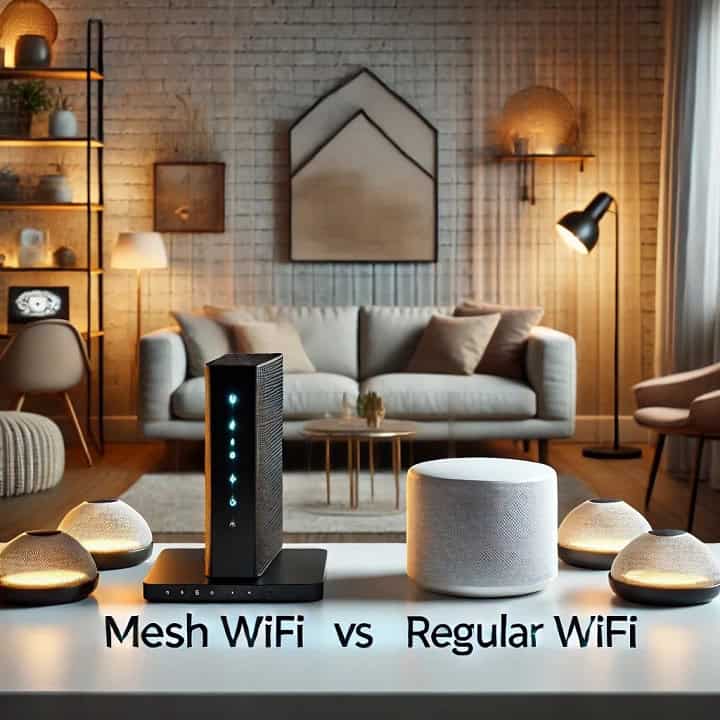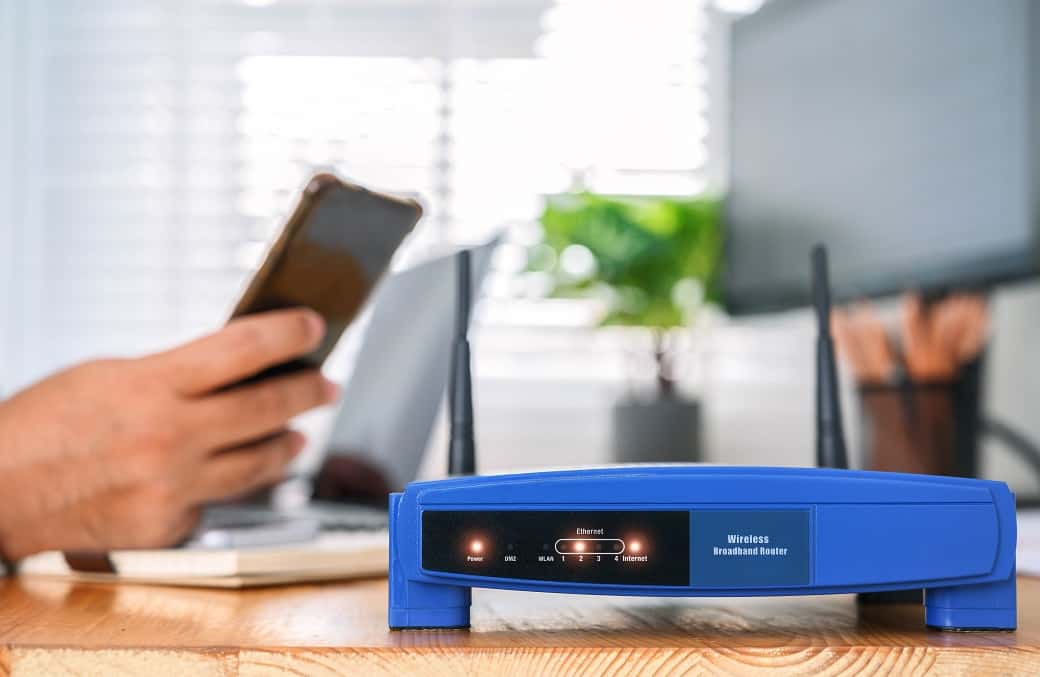Solar lights are a practical and eco-friendly way to illuminate outdoor spaces. However, like any other device, their performance can diminish over time. Understanding how to maintain and optimize these lights can help extend the lifespan of solar lights, ensuring you get the most out of your investment. This post will provide straightforward tips and strategies to help you keep your solar lights shining bright for as long as possible.
How to Make Solar Lights Last Longer
Making your solar lights last longer is helpful for several reasons. Longer-lasting solar lights mean less frequent replacements, saving you money and reducing waste. It also ensures that your outdoor space remains well-lit and secure without constant maintenance. Overall, focusing on longevity helps you create a more sustainable and cost-effective lighting solution with less maintenance required.
Proper Maintenance
Cleaning the solar panels is an important part of making sure your solar lights last a long time. Dirt, dust, and bird droppings can block sunlight from reaching the panels, which makes them less effective. Use a damp cloth to gently wipe the panels clean. Avoid using any harsh chemicals that might damage the surface. Regular maintenance is key to maintaining the performance of your solar lights.
Another important part of maintenance is checking for damage. Look at the lights regularly to make sure there are no cracks or broken parts. If you find any damage, it is best to fix it as soon as possible to prevent further issues. Replacing broken parts, like the light bulb or other components of the solar light, can help keep the lights working well.
Replacing Batteries
Replacing solar light batteries can extend their lifespan. Reduced battery life or low capacity is one of the main culprits of “dead” solar lights. Over time, the batteries in solar lights can lose their ability to hold a charge. When this happens, it is often more effective to replace the dead batteries rather than replace the entire light. Most solar lights use rechargeable batteries, such as nickel-metal hydride (NiMH) or AAA batteries. These batteries can be purchased at most hardware stores. Just make sure that you pick out rechargeable batteries. To replace the batteries, open the battery compartment, remove the old batteries, and insert the new ones, ensuring they are placed correctly according to the polarity markings. This simple fix is a great way to bring “dead” solar garden lights back to life.
Maximize your Charge
Maximizing the charge of your solar lights involves focusing on proper placement, optimal angle, and checking for obstructions. Make sure your solar lights are placed in open places to receive the most direct sunlight throughout the day. Solar lights should get multiple hours of sunlight in a day to get their batteries to a full charge. Avoid shaded areas like those near large trees or tall buildings to ensure they receive enough sunlight to charge fully.
Adjusting the angle of the solar panels is crucial as well. Tilt the panels to face the sun directly, helping them absorb the maximum amount of solar energy. This might require adjusting the angle a few times a year, especially if the sun’s position changes with the seasons. Regularly check for obstructions, such as overgrown plants or debris that can block sunlight. Keeping the area around your solar lights clear so that they get sufficient sunlight helps your solar outdoor lights maintain a strong charge.
Invest in Quality
Investing in quality solar lights can significantly impact their performance and longevity. High-quality solar lights are designed with better materials and technology, which means they are more durable and efficient. While they might be more expensive initially, they often have features like higher-capacity batteries, better weatherproofing, and more efficient solar panels. For instance, the resin coating on smaller solar panels can often cloud with time and sun exposure. Better quality solar cells would have a tempered glass cover instead, which won’t cloud over time. These features ensure the lights can withstand various weather conditions and continue to perform well over time. By choosing quality lights, you reduce the need for frequent replacements and enjoy more reliable, long-lasting illumination.
Storing During the Off Season
Proper storage of solar lights can also help them last longer. If you live in an area with harsh winters or extended periods of less sunlight, it is a good idea to store your solar lights during these times. Before storing, clean the lights and make sure they are dry. Remove the batteries to prevent any potential leakage or corrosion. Store the lights in a cool, dry place until they are ready to be used again. Proper storage can prevent damage to the solar panels and other components, helping to maintain the performance and extend the life of your solar lights.
In Summary
Making solar lights last longer involves several straightforward steps. Regular cleaning of the solar panels ensures maximum energy absorption of solar radiation. Placing the lights in locations with ample sunlight enhances their efficiency. Proper storage during adverse weather conditions can prevent damage. Replacing old batteries and using high-quality replacements can extend the lifespan of the lights. By following these simple maintenance practices, you can ensure that your solar lights remain functional and effective for a longer period, providing reliable illumination for your outdoor spaces.



